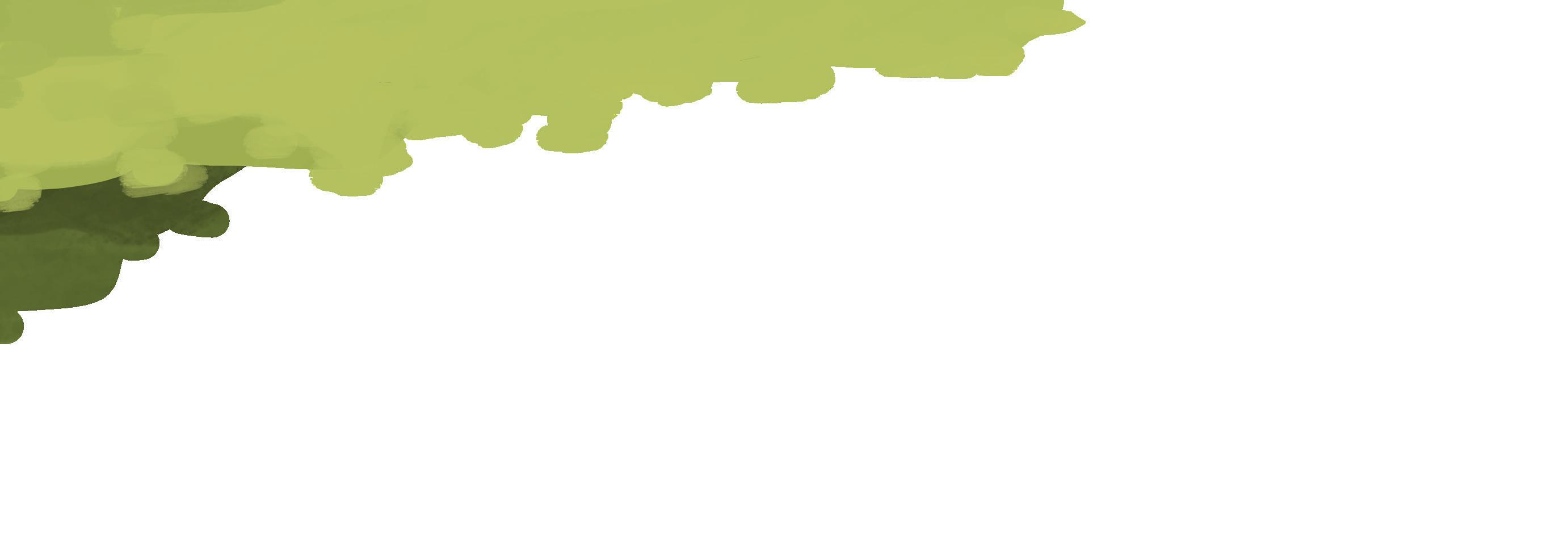

Globet tting Grassland
BIOME EXPLORERS

Laura Perdew
Illustrated by Lex Cornell

Above the ground, the grasses wave and flowers bloom.
Below the ground, the roots intertwine and new shoots begin.
Above the ground, birds of a hundred species fly and butterflies flutter.
Below the ground, earthworms wiggle and soil microbes thrive.
Above the ground, herds migrate and the predators follow.
Below the ground, prairie dogs tunnel and owls burrow.
Above and below, life is everywhere on the grassland.
Hello, biome explorer!
What is a biome, you ask? It is an area on Earth defined by its climate and the plants and animals that live there.

One amazing biome is
GRASSLANDS.
Can you predict what we might find there?
Yes, lots of grass!

You might even see wildflowers, but few trees. That’s because the grasslands get enough precipitation for those plants to grow, but not enough for trees to survive.

Grasslands have many different names, depending on where they are in the world.
prairie pampas steppe veldt savanna cerrado

To find grasslands, we will travel to the dry inner parts of the continents (except Antarctic!), the places that sit between deserts and forests.
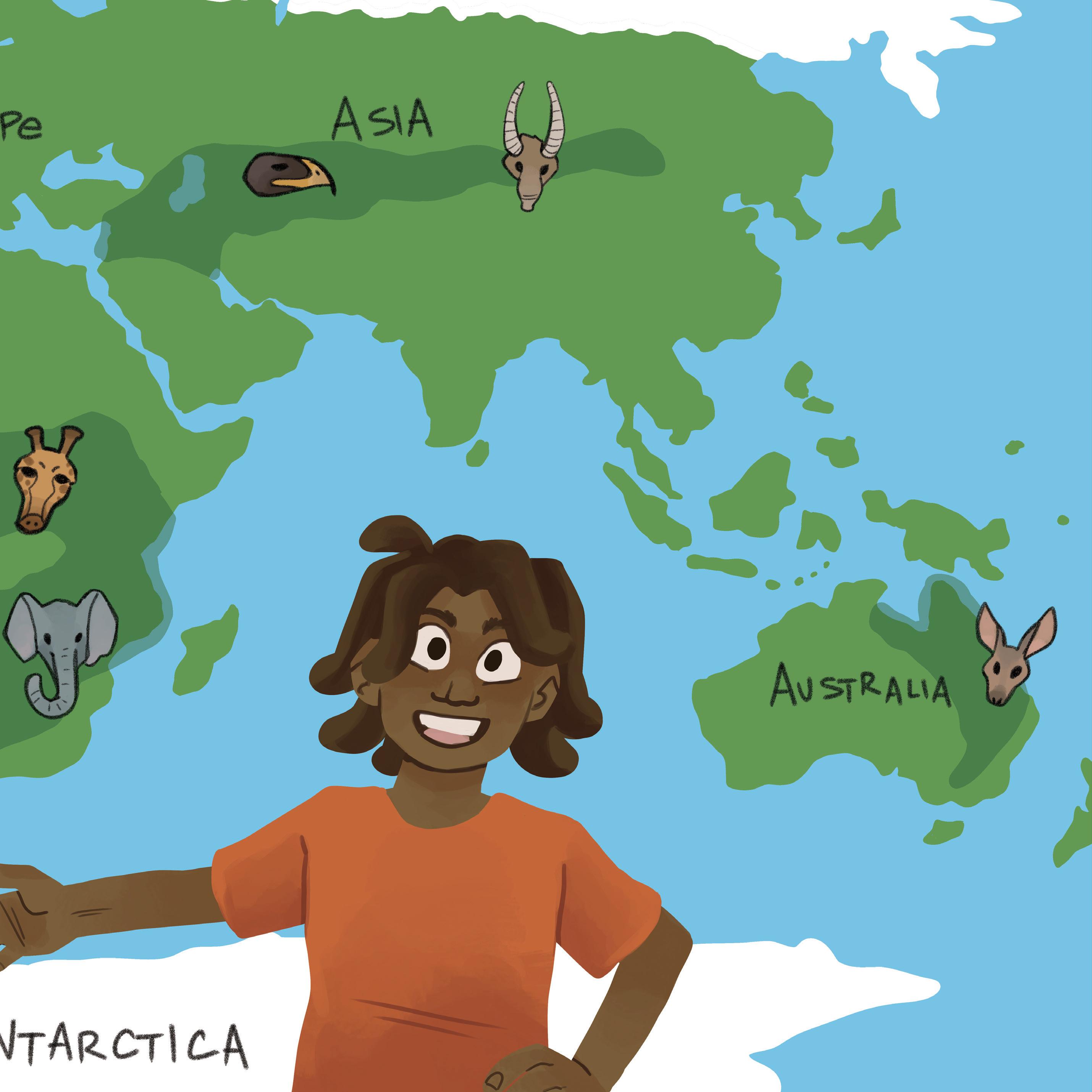
More than 20 percent of Earth’s land area is covered in grasslands.

Our journey will take us to two different types of grasslands: temperate and tropical. First stop, a temperate grassland . . . North America’s Great Plains. Here, there are four seasons.
Summers can be VERY WARM and winters VERY COLD.
Depending on where they are, these grasslands get between 10 and 40 inches of rain every year.
And because there aren’t any trees, it can be extremely windy!
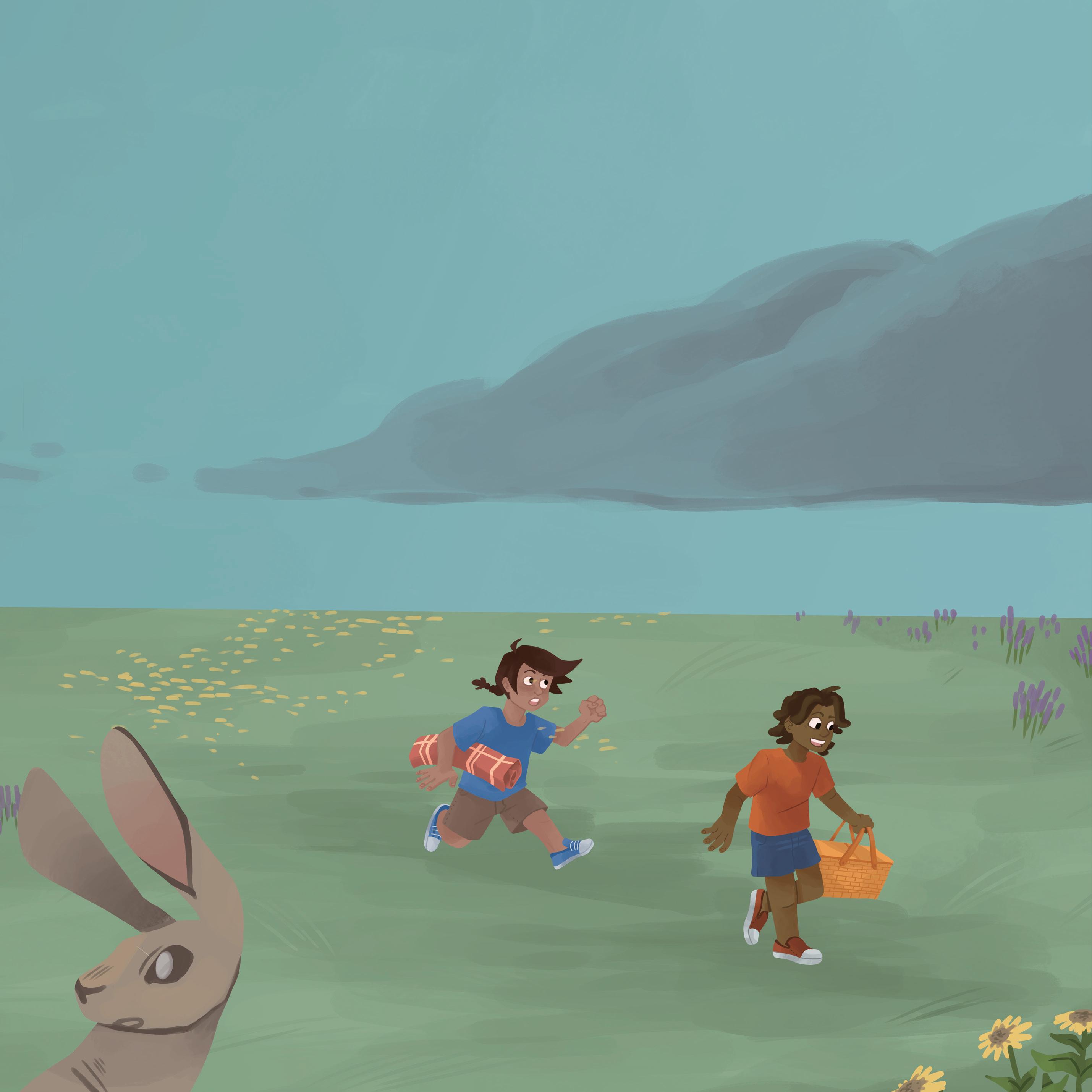
The largest temperate grassland in the world is the Eurasian steppe, which receives only 10 to 20 inches of rainfall.
Look out across this sea of grass. Can you spot a bison, pronghorn, or black-footed ferrets ?

Maybe we’ll even be lucky enough to see a male greater prairie-chicken strut , strut , strutting his stuff trying to find a mate!
But watch your step — rattlesnakes live here too!
On any open grassland there is no place to hide from predators.

To stay safe, these animals RUN, BURROW, or TRAVEL IN LARGE HERDS. 9

Hundreds of different species of grass and wildflowers can grow in that rich soil beneath your feet. You might also notice that the grass is taller in some places than in others.

The more rain, the taller the grass grows!
Milkweed is one of the hundreds of species of wildflowers found on the Great Plains .
Migrating monarch butterflies depend on milkweed for survival.
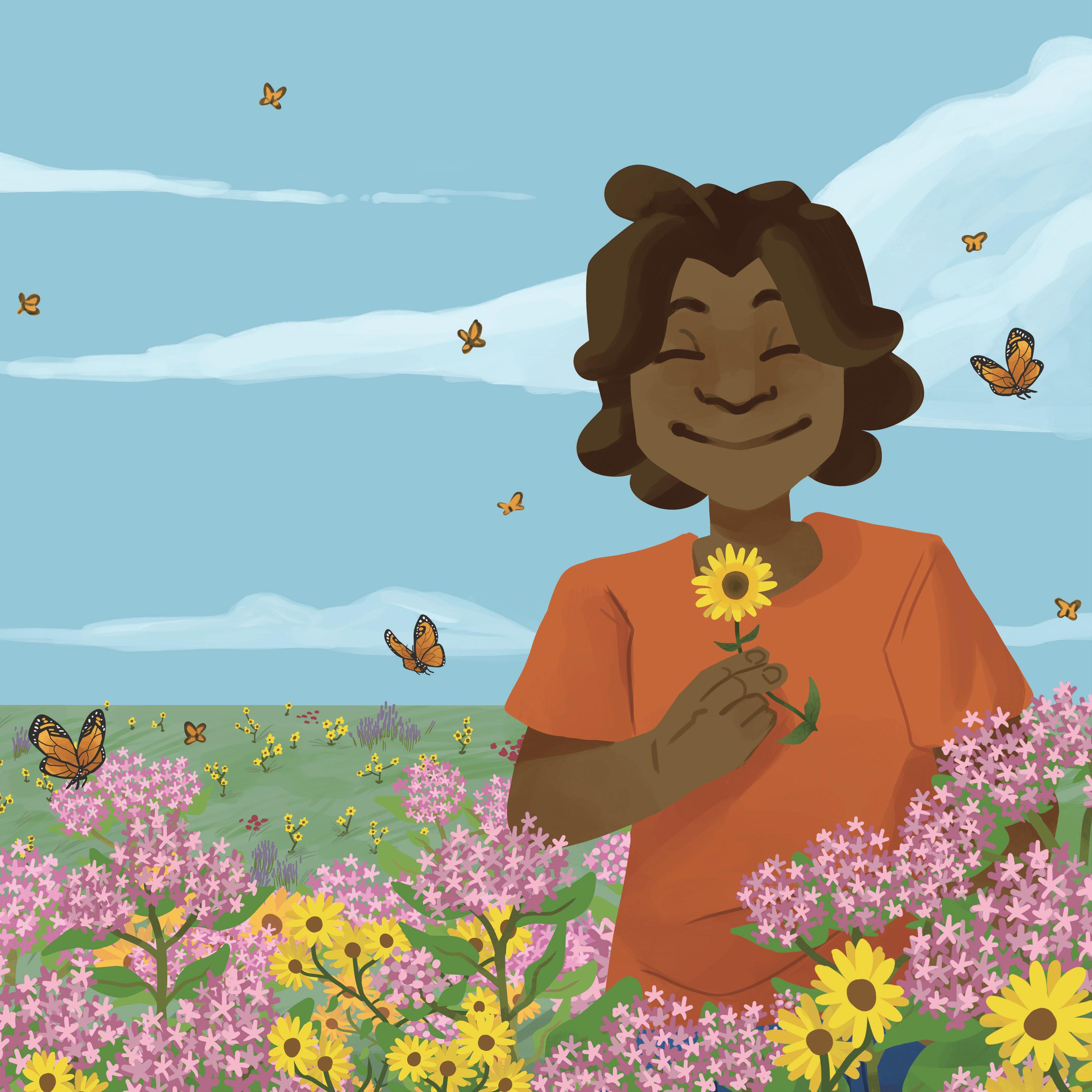
Some of it may even grow taller than you!
One is the wet season, when it rains, rains, rains and the rivers swell.
Now let’s visit a tropical grassland . . . the African savanna !
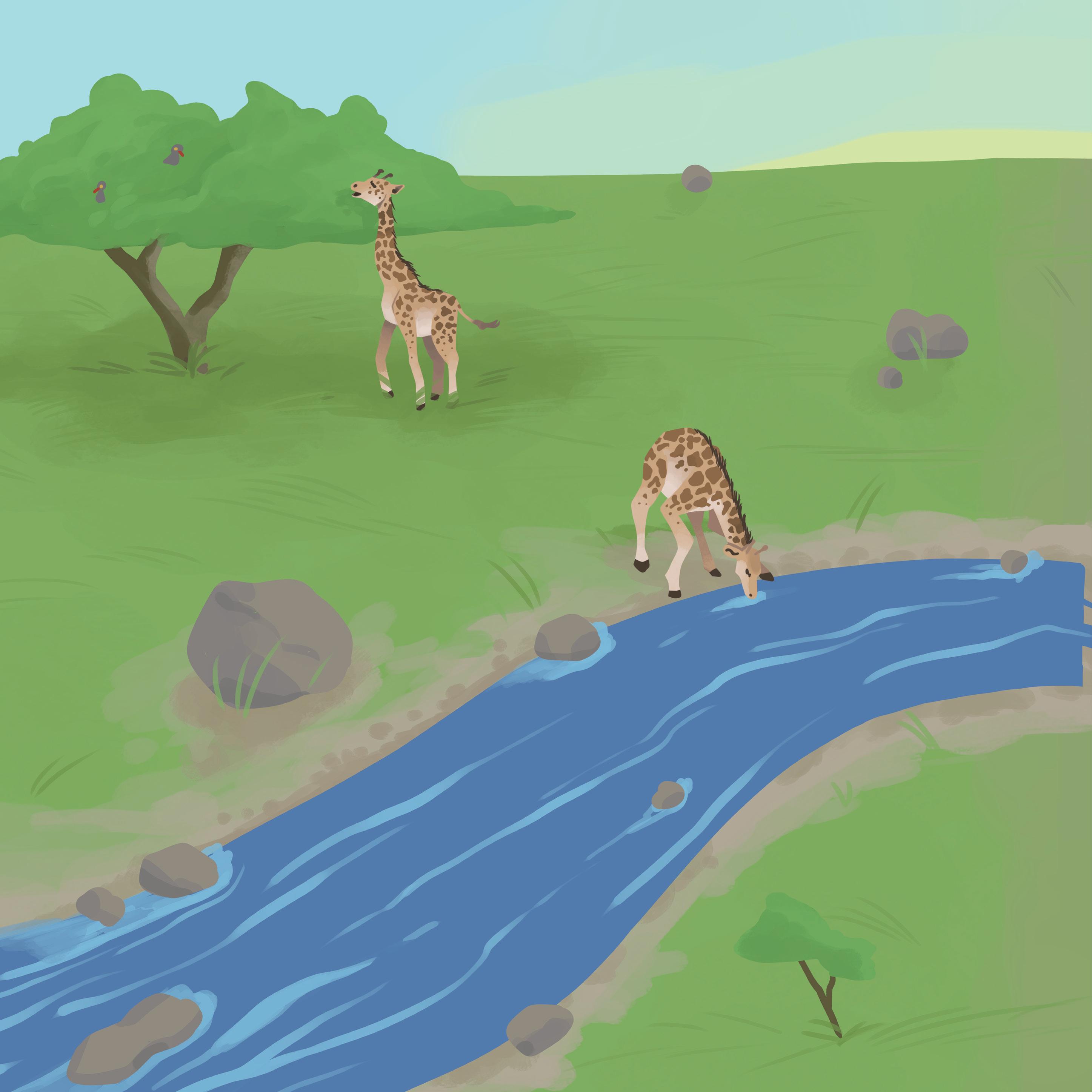
These grasslands are warm all year round. There are only two seasons here.
The other season is— can you guess?— very, very dry! During the dry season, the rivers dry up.
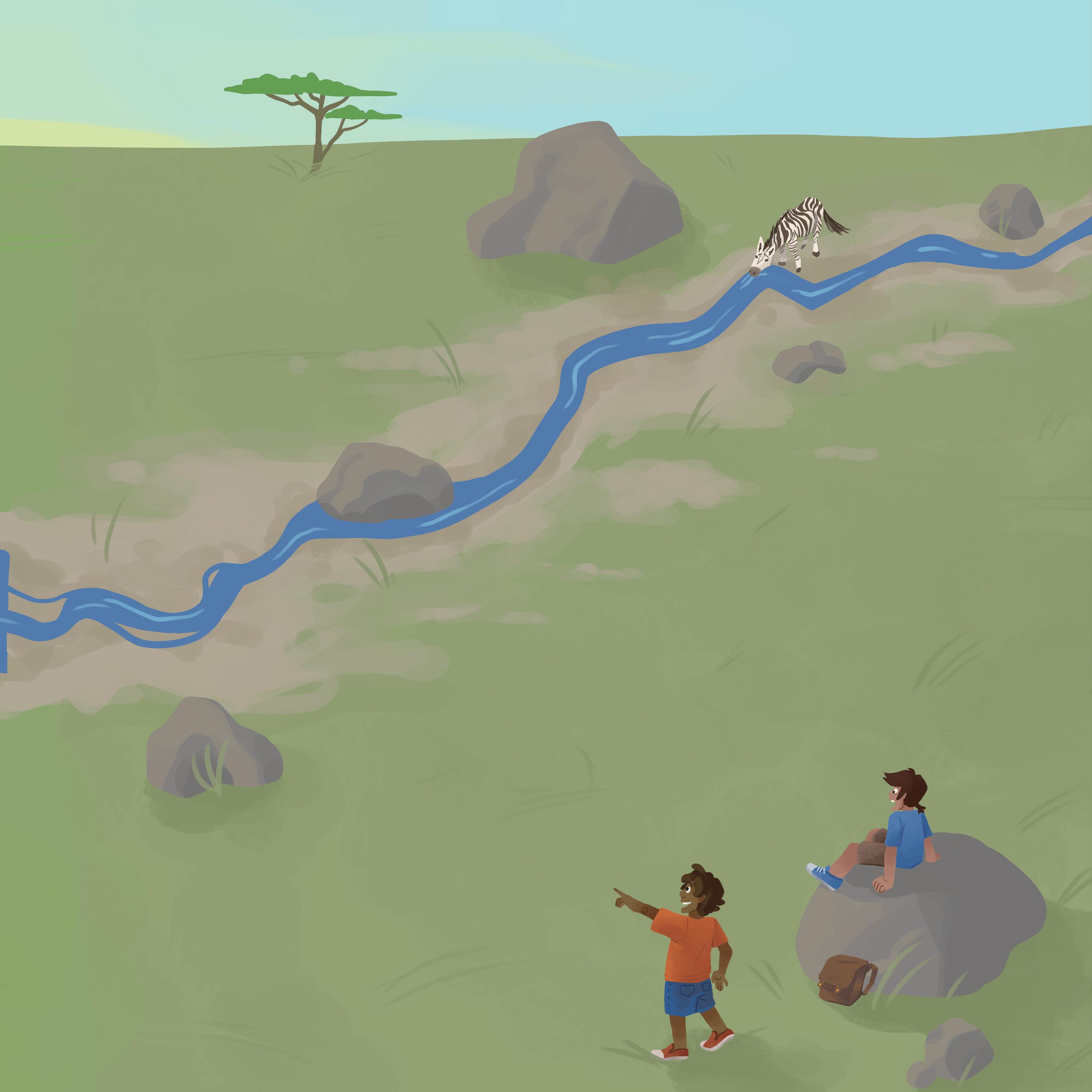
Savannas are also found in South America, Australia, and India.
CHILDREN’S NONFICTION PICTURE BOOK
AGES: 5–8
GUIDED READING LEVEL: TBD

Hello, biome explorers!
Let’s take a trip to the grasslands! These are wide open spaces of grasses, grazing animals, and swooping birds.
In Grassland Globetrotting: Biome Explorers, adventurous readers journey to temperate grasslands and tropical savannas. Be on the lookout for bison and prairie dogs, wildebeests and giraffes! Plus, find the hardy plants that survive on the grasslands and learn why fire is an important part of grassland sustainability.
Don’t forget to try the hands-on science activity! focus on science
Praise for Picture Book Science books by Laura Perdew
Booklist: “Through layered, mischievous illustrations and detailed back matter, the Picture Book Science series plies young readers with a ton of useful facts . . . Classroom-friendly and fun, too.”
CHECK OUT THE OTHER TITLES IN THIS SERIES!
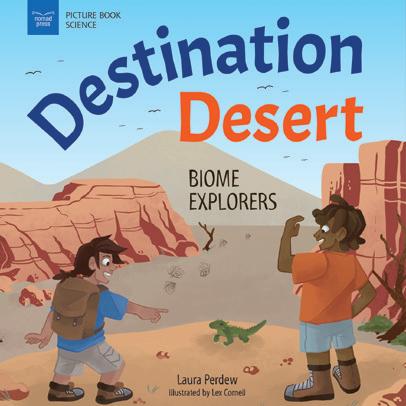

PUB DATE: July 2022
PB: 9781647410766, $9.95
HC: 9781647410735, $19.95
5 Book Hardcover Set: 9781647410858, $96.95
eBook: all formats available, $6.99
Specs: 9½ x 9½, 32 pages, color interior with illustrations
Reading Level: Ages 5–8
Interest Level: Grades K–3


